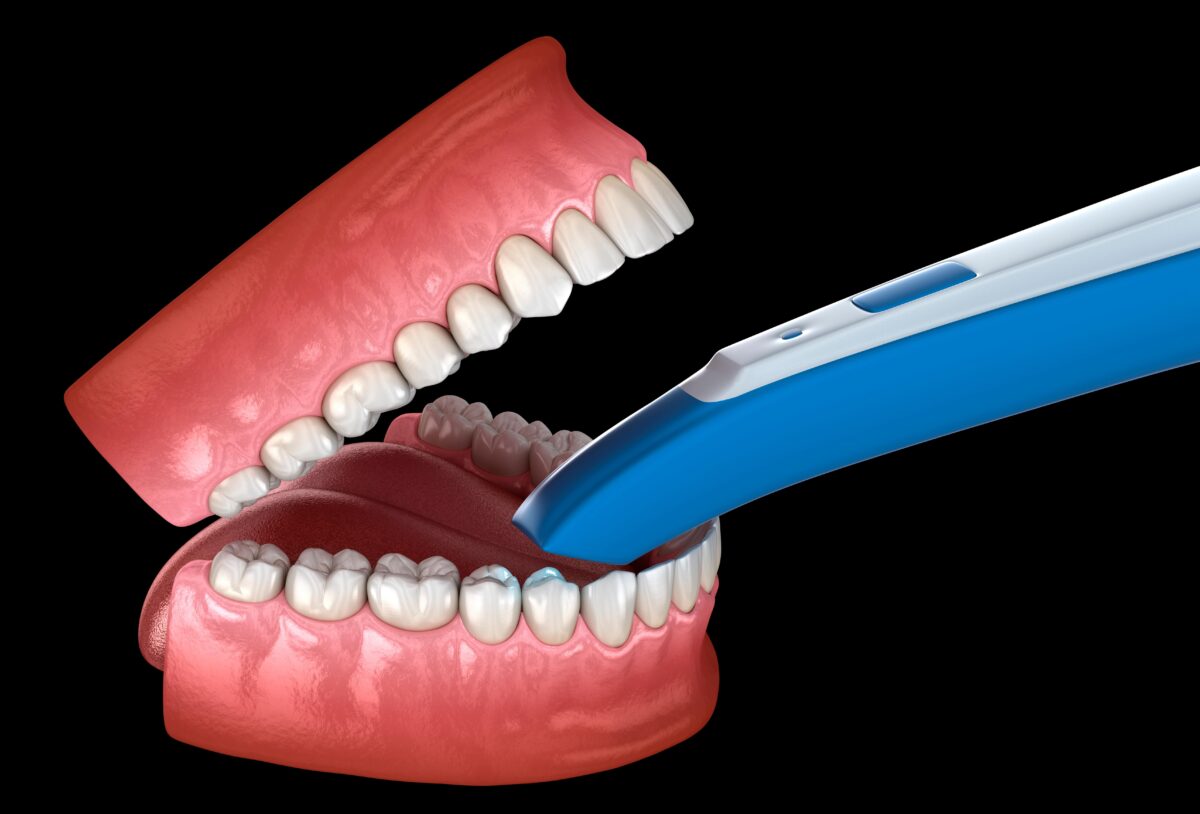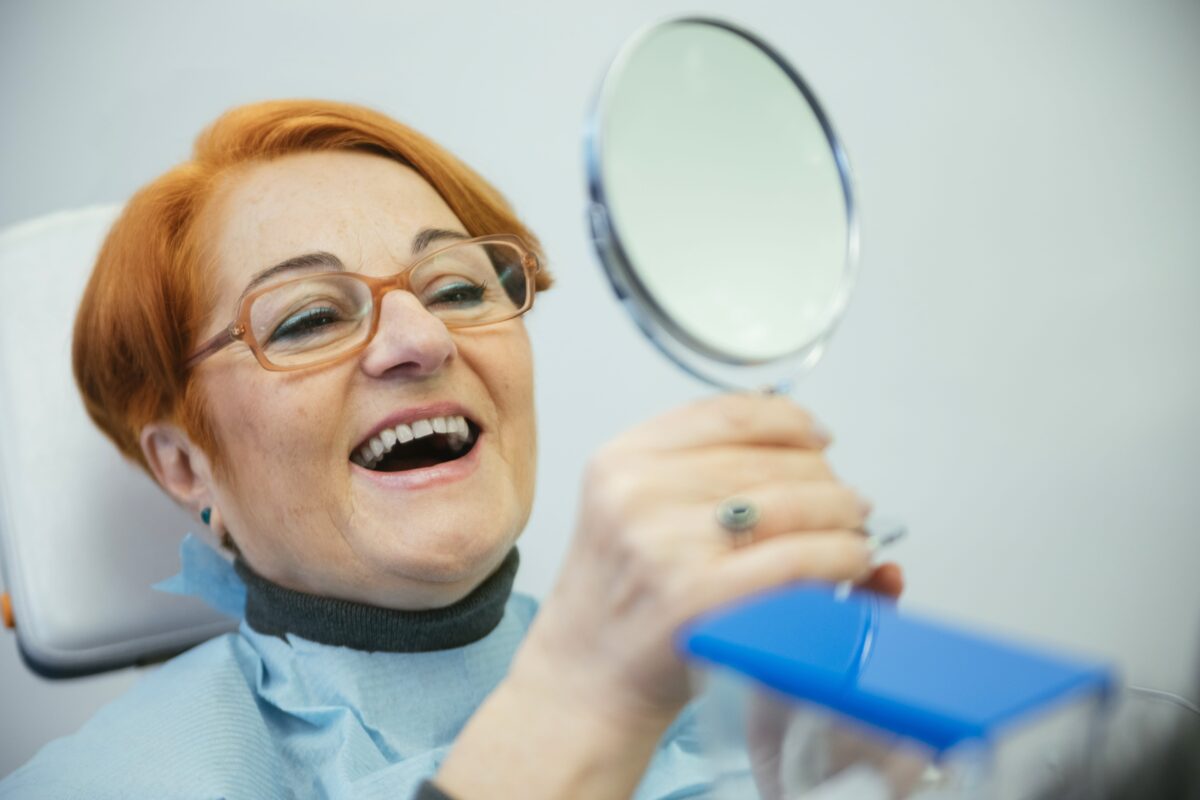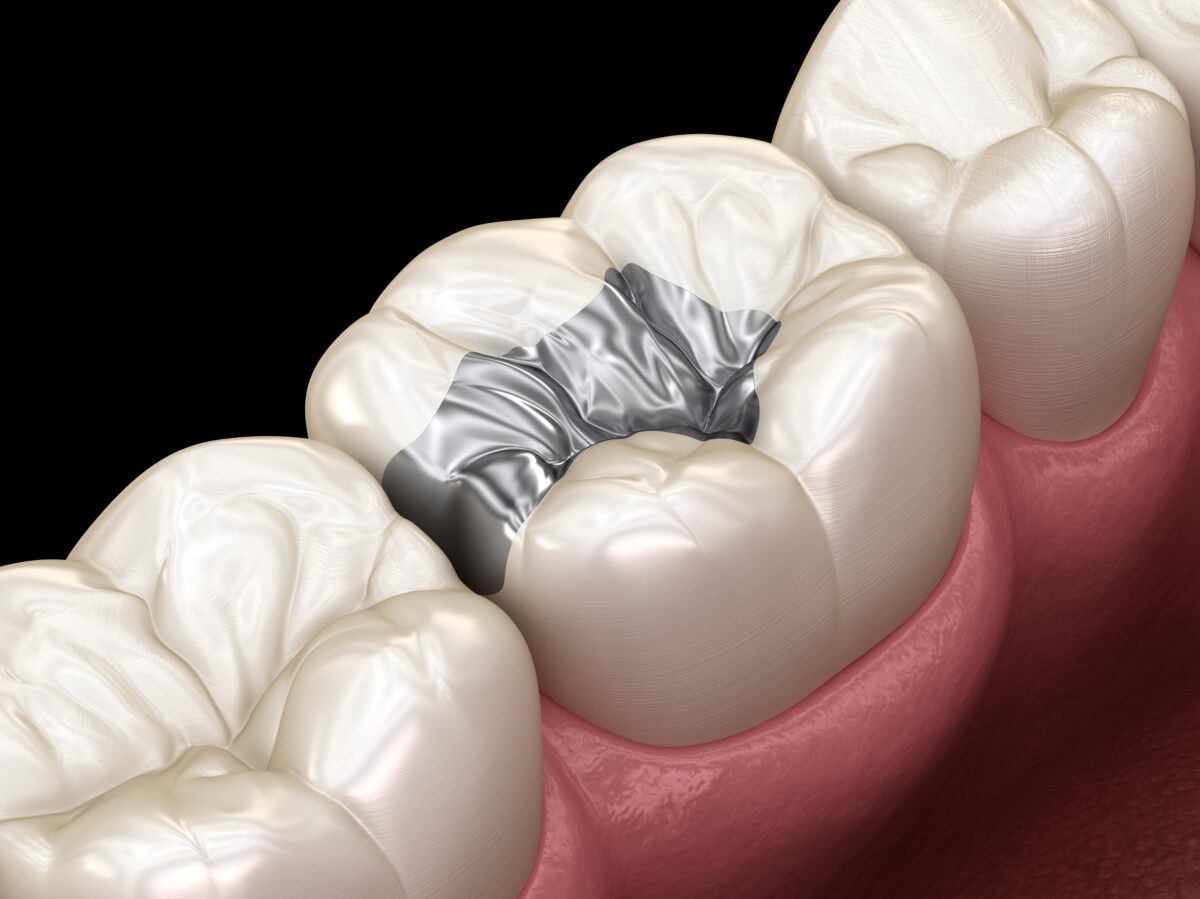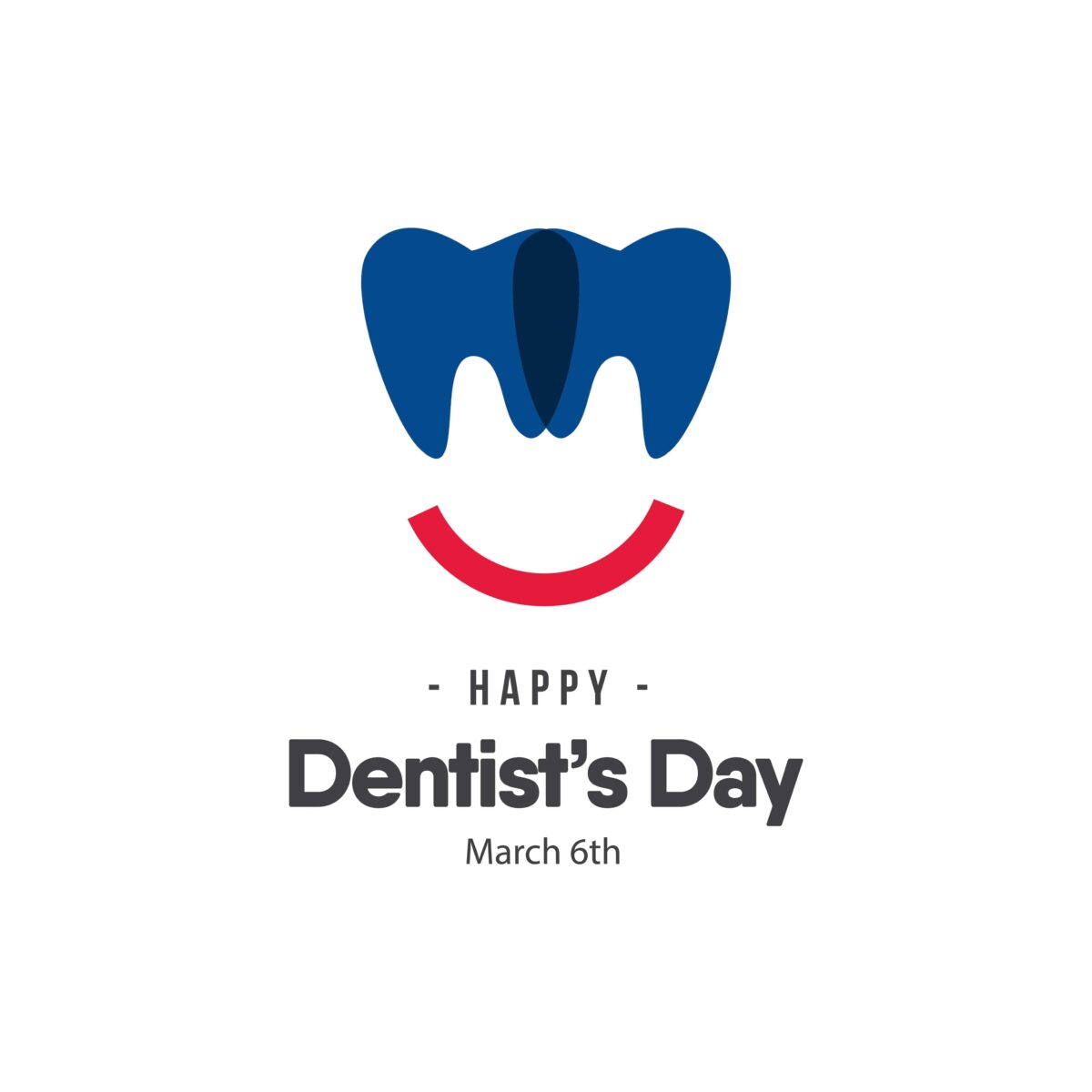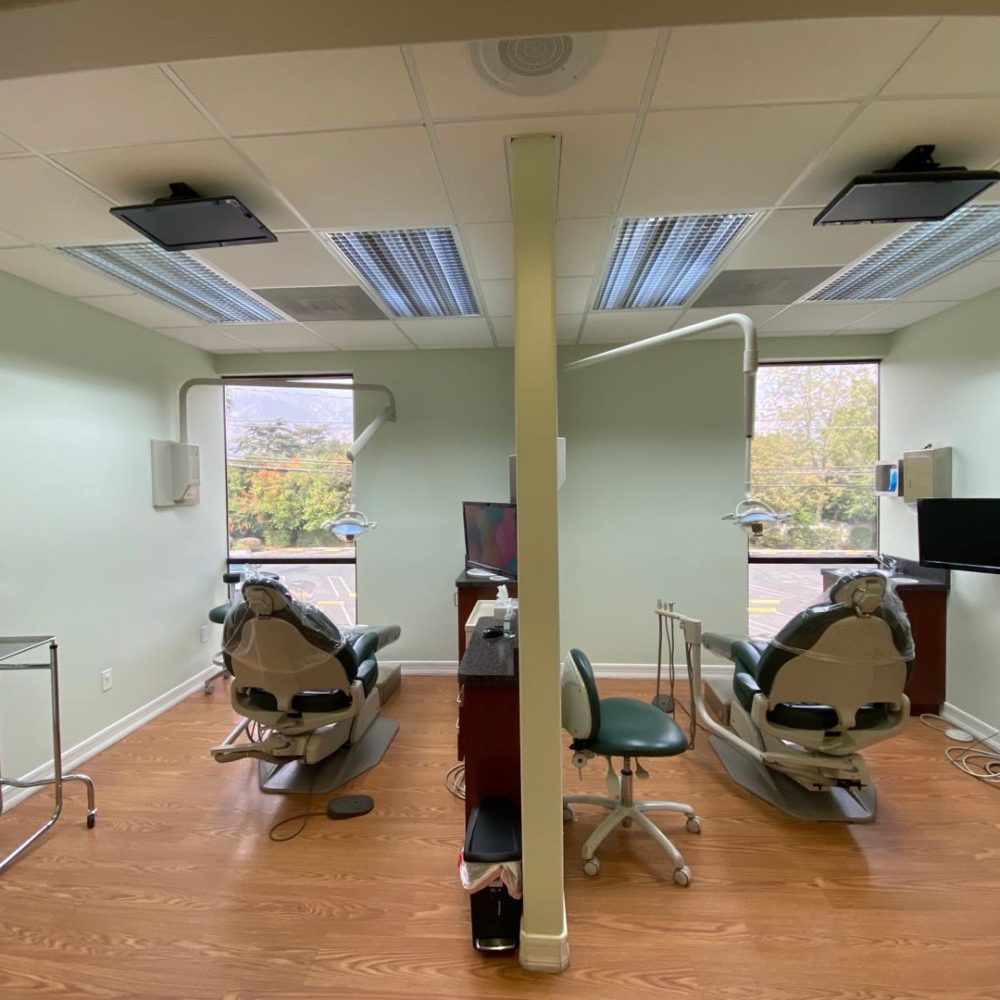Missing multiple teeth from the same dental arch? You may be a candidate for a partial denture! A partial denture is a removable dental appliance that replaces missing teeth and provides support for existing teeth. It is made of acrylic plastic or metal, and is fitted to the natural teeth and gums. There are different types of partial dentures, each with its own benefits and drawbacks. Let’s take a closer look at what they are and when they might be an appropriate option for tooth replacement.
What is a partial denture?
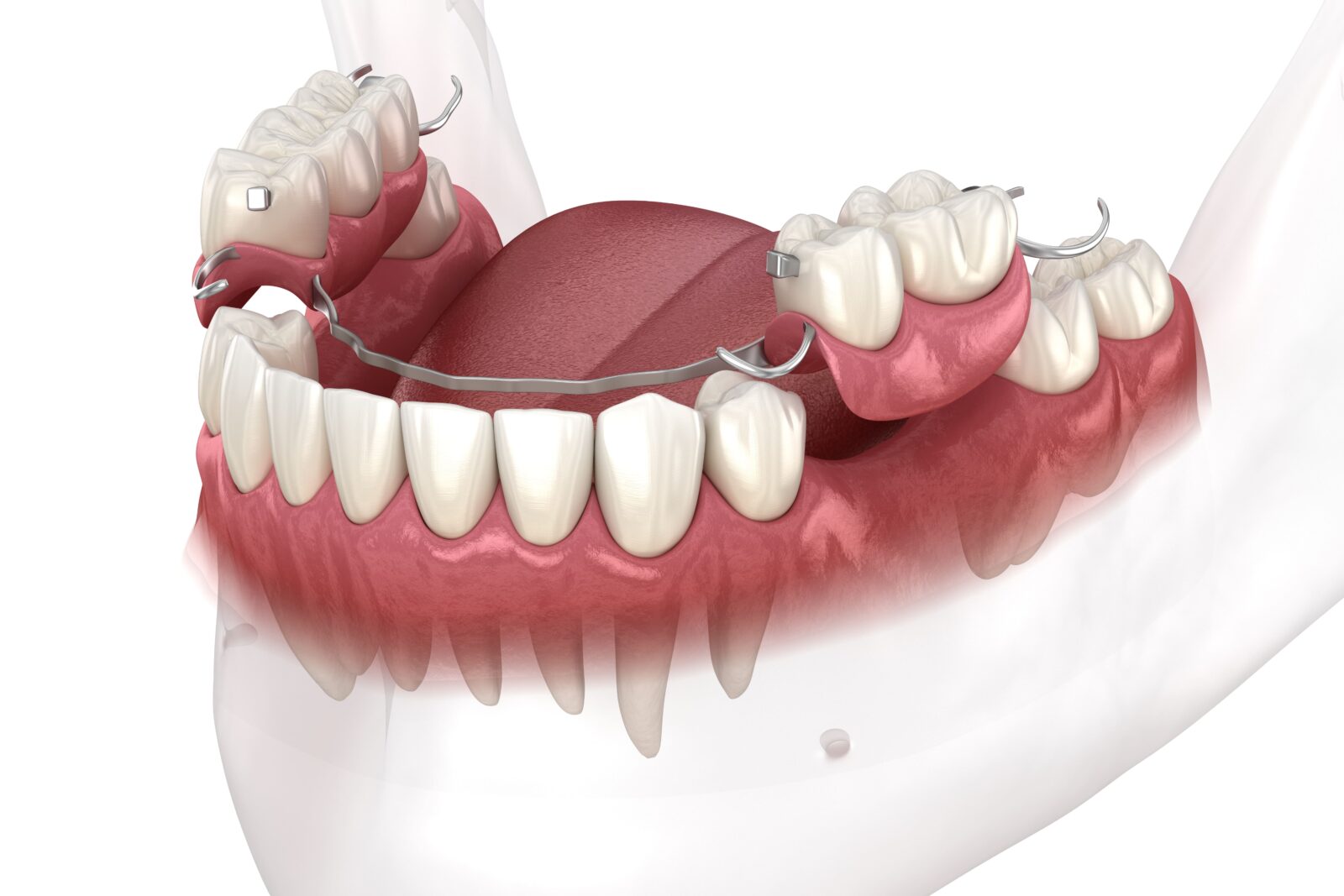
A partial denture is a removable dental appliance that replaces missing teeth and provides support for existing teeth. It is made of acrylic plastic or metal, and is fitted to the natural teeth and gums. There are different types of partial dentures, each with its own benefits and drawbacks.
There are two main types of partial dentures: removable and fixed. Removable partial dentures are held in place by natural suction or with clips, while fixed partial dentures are cemented to the existing teeth. Both types have their own advantages and disadvantages.
Removable partial dentures are usually less expensive than fixed partial dentures, and they are easier to clean. However, they may be less stable and more likely to cause gum irritation. Fixed partial dentures are more expensive, but they are more stable and less likely to cause gum irritation.
How are partial dentures fitted?
Partial dentures are custom-made to fit the individual’s mouth. The process begins with a dental impression, which is used to create a model of the teeth and gums. The model is then used to create the custom denture.
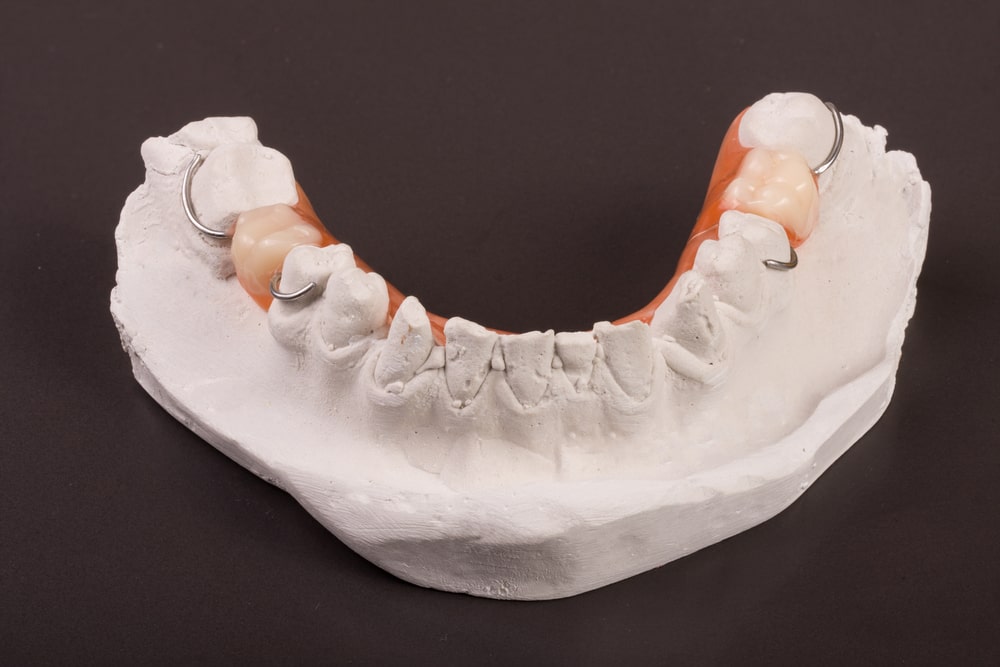
The fitting process usually takes place over several appointments. During the first appointment, the dentist will take measurements and make an initial dental impression. This will be used to create a model of the teeth and gums. The second appointment is when the dentist will fit the denture and make any necessary adjustments.
However, some practices use digital technology to perform an oral scan of the mouth. In these cases, digital imaging software is used to fabricate the partial denture so that it is a perfect fit. This information can also be stored so that the denture can be fabricated at a later time if it is ever lost or damaged.
After the fitting process is complete, it is important to practice good oral hygiene to keep the denture clean and prevent gum irritation. Dentures should be brushed daily with a soft-bristled toothbrush and denture cleanser. They should also be soaked in a denture soaking solution overnight.
Caring for a partial denture

Partial dentures need to be cleaned daily with a soft-bristled toothbrush and denture cleanser. Removable dentures should also be soaked in a denture soaking solution overnight. It is important to practice good oral hygiene to keep the denture clean and prevent gum irritation.
If you have a partial denture, it is important to see your dentist regularly for checkups and adjustments. Partial dentures may need to be relined or replaced over time. With proper care, partial dentures can last for many years.
In Conclusion
In this blog post, we have learned all about partial dentures. We have discussed what they are, the different types of partial dentures, how they are fitted, and how to care for them. If you are missing multiple teeth from the same dental arch, a partial denture may be an appropriate option for you. Be sure to see your dentist for a consultation to discuss all of your options. Thanks for reading!
